Desert Tarantulas: Photos of the Amazing Arachnids of the Sonoran Desert
Extremophiles wanted
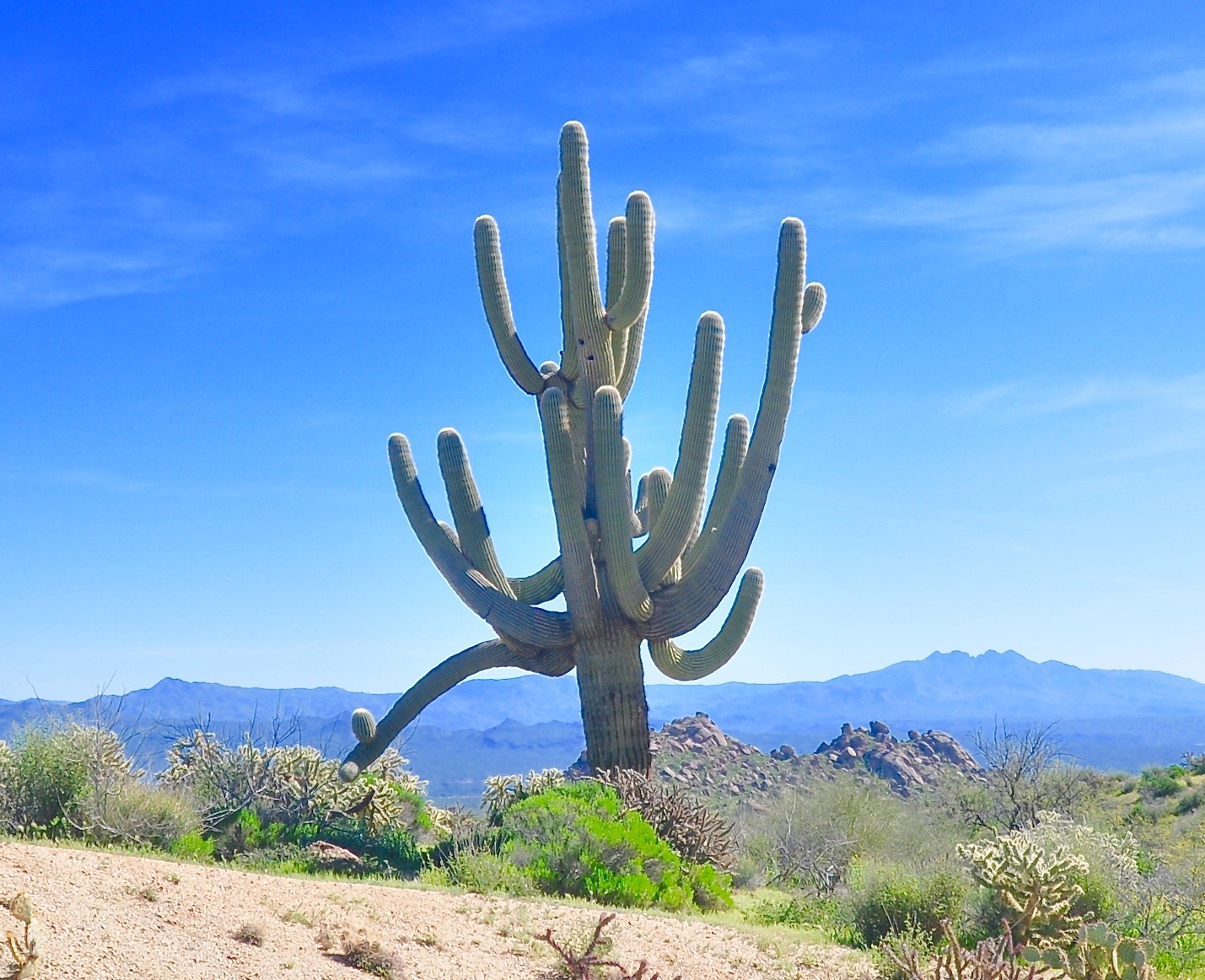
The Sonoran Desert of the American Southwest and northern Mexico covers some 120,000 square miles (310,800 square kilometers) of land best known for its extremes in temperatures and landscapes. It is the hottest of the North American deserts, yet is home to a vast and unique variety of plants, like the saguaro cactus, Carnegiea gigantea, (seen here) and animals that are especially adapted to this harsh environment.
One-of-a-kind
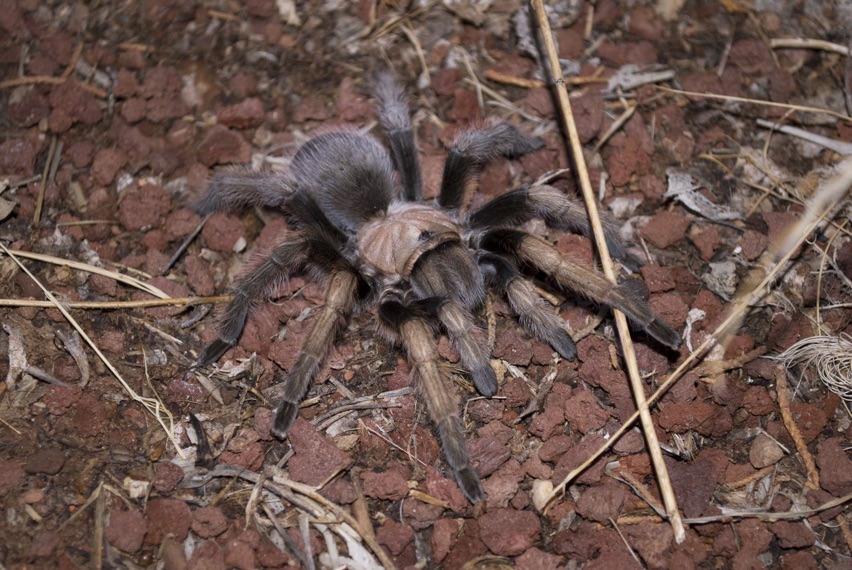
One unique arachnid found not only in the Sonoran Desert but also in the Mojave and Chihuahuan deserts is the desert tarantula, Aphonopelma chalcodes. They are one of the most misunderstood creatures of the North American deserts, having been vilified in scores of scary Hollywood movies. Yet, despite their somewhat ferocious appearance, these large desert spiders are actually docile, reclusive creatures that are usually harmless when they interact with humans.
Worldwide reach
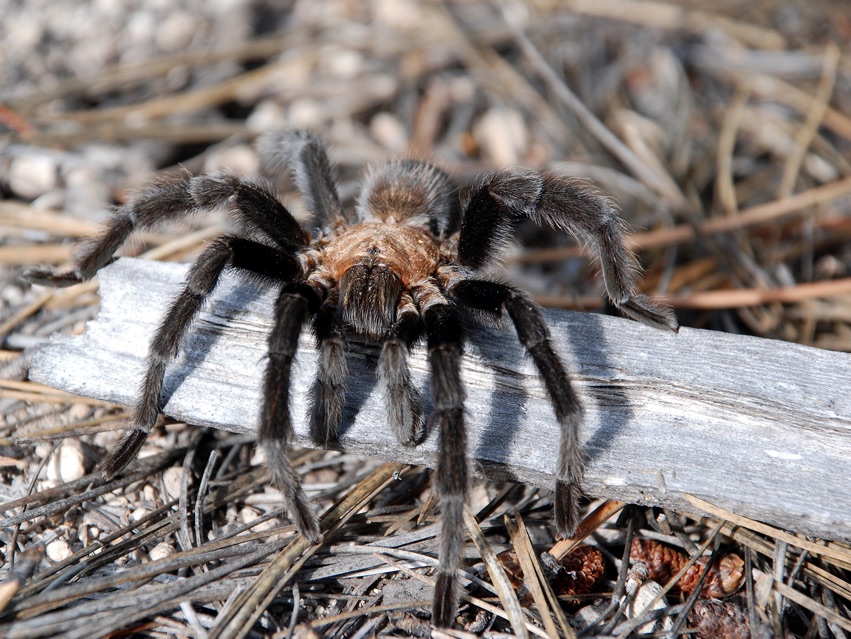
The desert tarantula is one of more than 850 species of tarantulas found around the world. Tarantula species are found in Africa, southern Europe, areas of the Middle East, southern Asia, throughout Indonesia, Australia and all of Central and South America. Within North America, tarantulas are found in the northern area of Mexico and in southern regions of the United States, west of the Mississippi River and north into central California. More than four dozen species of tarantulas are found across the United States and Mexico, including the common desert tarantula.
Adaptable animals
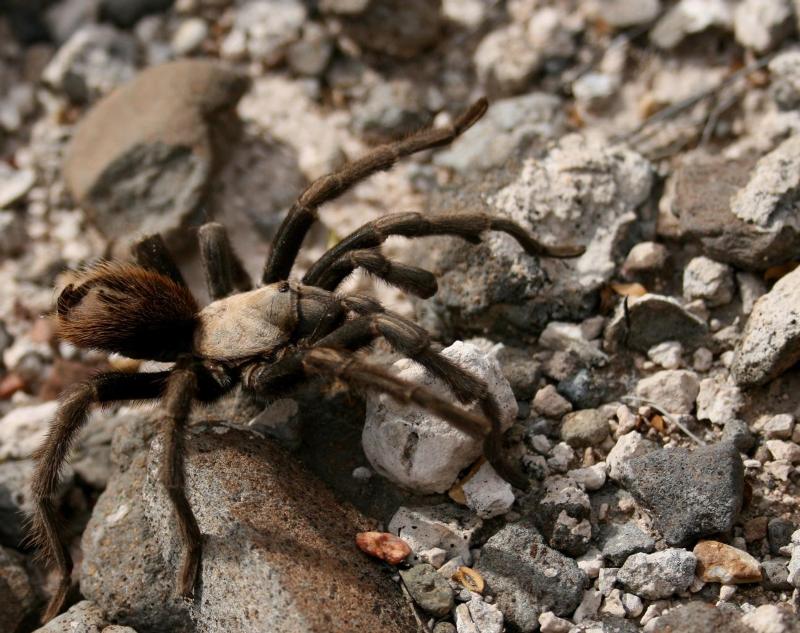
The desert tarantula makes its home in a wide variety of environments found across the North American deserts. Commonly found in the desert basins, these large spiders can also be found living within the rocky crevices of the desert mountain foothills and under loose tree bark or between the large roots of the forested desert mountain slopes. Most tarantulas dig burrows that can reach about 6 inches (15 cm) in depth and 8 inches (20 cm) laterally that act as shelter from both the heat and cold that can occur across the North American deserts.
Slow evolution
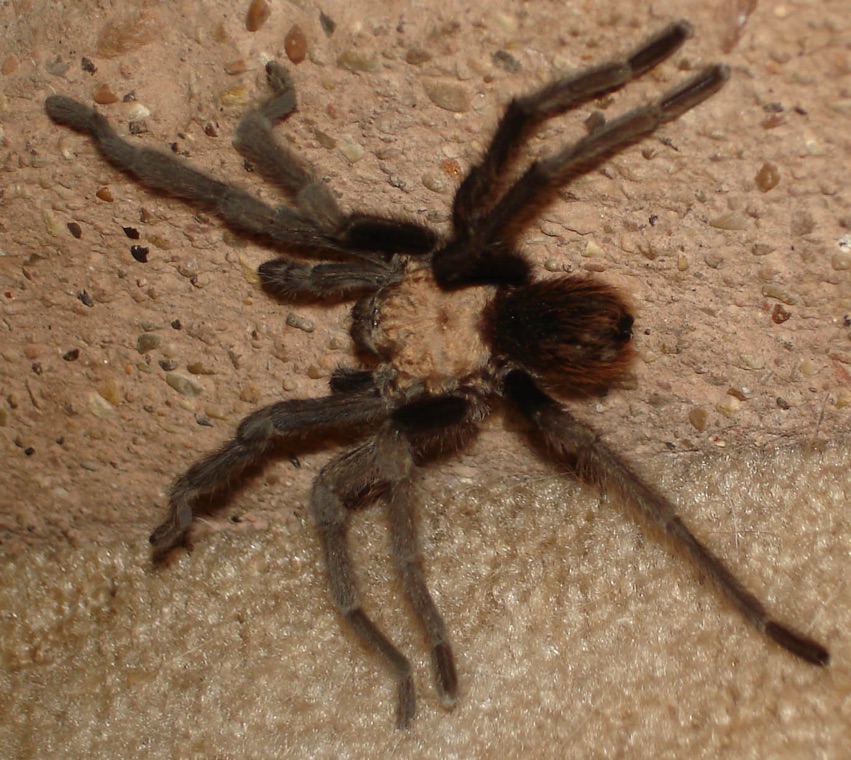
Tarantulas are primitive animals, changing little from when fossil records indicate they first appeared some 350 million years ago, during the Carboniferous Period of the late Paleozoic Era. Adult desert tarantulas will grow to a length of 3 to 4 inches (70 to 100 mm) with the female being the larger of the two genders. Females, like the one shown here, have a stockier body than males and tend to be covered with a tan or light brown hair, which gave rise to a secondary name, the Arizona Blonde Tarantula. The smaller male desert tarantula is thinner in size and is usually covered with black body hair with a reddish-tinted abdomen.
Avid hunters
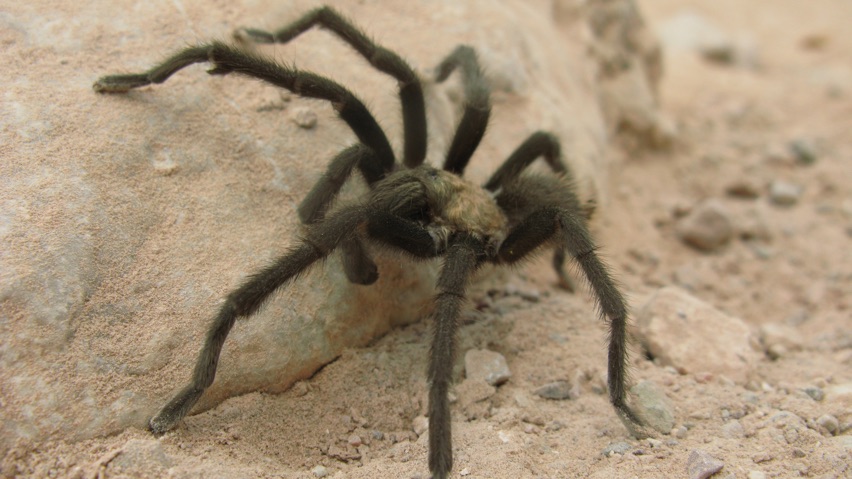
The desert tarantula will feed on anything it can capture. They are nocturnal hunters and will readily dine on any insect, other spider, small lizard or mouse they happen upon. This large predator will bury its fangs into its captured prey, injecting venom that quickly paralyzes the victim. This venom also contains digestive enzymes that helps liquify the prey. Once liquified, the desert tarantula will then use its strong stomach muscles like a pump to "slurp up" its meal. The consumption of a single cricket can satisfy the desert tarantula's hunger for several weeks.
Ripe old age

The desert tarantula is a long-living spider. Both genders reach maturity between the ages of 8 to 12 years. Females can live up to 25 years, but males usually die one season beyond sexual maturity. The spiders will mate during the fall months and the female stores the male's sperm until the following spring. In the spring, she will spin a thick silk nest in or near her burrow where upwards of 300 new fertilized eggs will be laid. Desert ants are the major danger to the tarantula's fertilized eggs. Young spiderlings hatch after an incubation period of about three weeks and remain in the silken nest for upwards of two months. Upon leaving their nest, the young tarantulas are on their own to survive and make their own safe burrows.
Get the world’s most fascinating discoveries delivered straight to your inbox.
Predator and prey
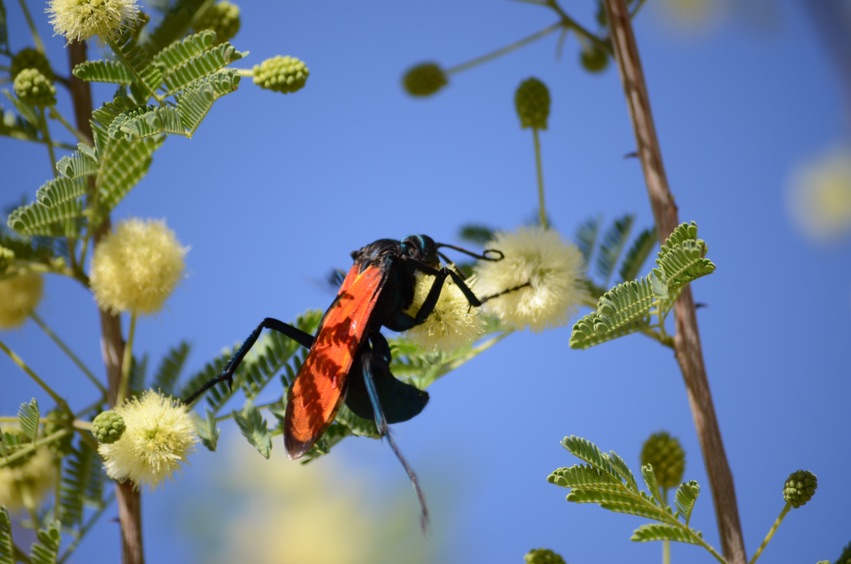
Desert tarantulas must be cautious while hunting outside of their burrows. Desert omnivores like the Greater Roadrunners, Geococcyx californianus, Pallid Bats, Antrozous pallidus, and Kit Foxes, Vulpes macrotis mutica, will quickly include a juicy tarantula as a tasty meal. A unique predator of the desert tarantula is a group of parasitic wasps known as the Tarantula Hawks. The Pepsis wasp, Pepsis formosa, shown here, have long orange wings, long antenna and legs.
Enemy in flight
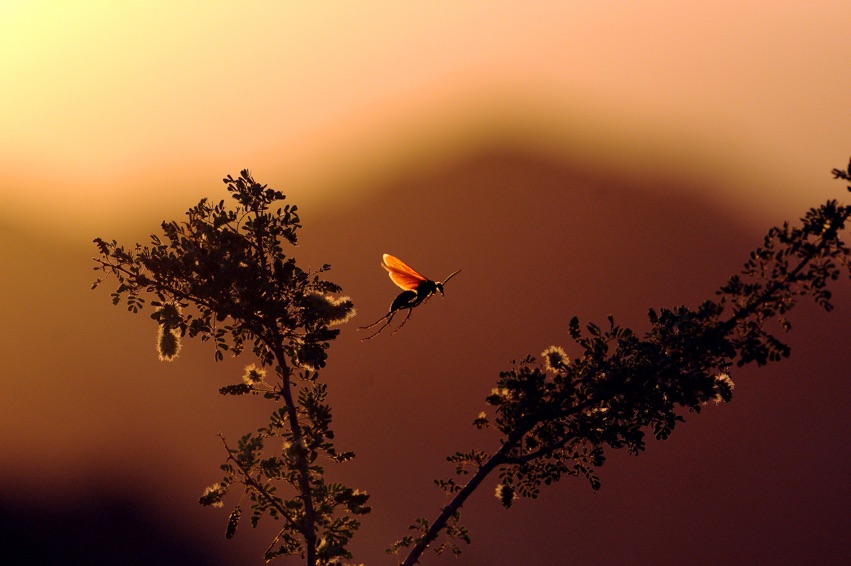
There are nine species of Tarantula Hawk wasps found in the North American deserts. The females are aggressive hunters of spiders, walking along the desert floor until they come across a tarantula's burrow. The female wasp will plunge Into the burrow, baiting the spider to come out and take part in a deadly duel. Once the fight begins, the wasp will lay on its back waiting to plunge its long stinger into the spider's abdomen. The venom from the wasp's sting quickly paralyzes the spider. The female wasp then lays her eggs inside the spiders abdomen, drags the desert tarantula back into its burrow and covers the entrance. When the eggs hatch, the wasp's larvae eat the still paralyzed spider alive.
Natural defense
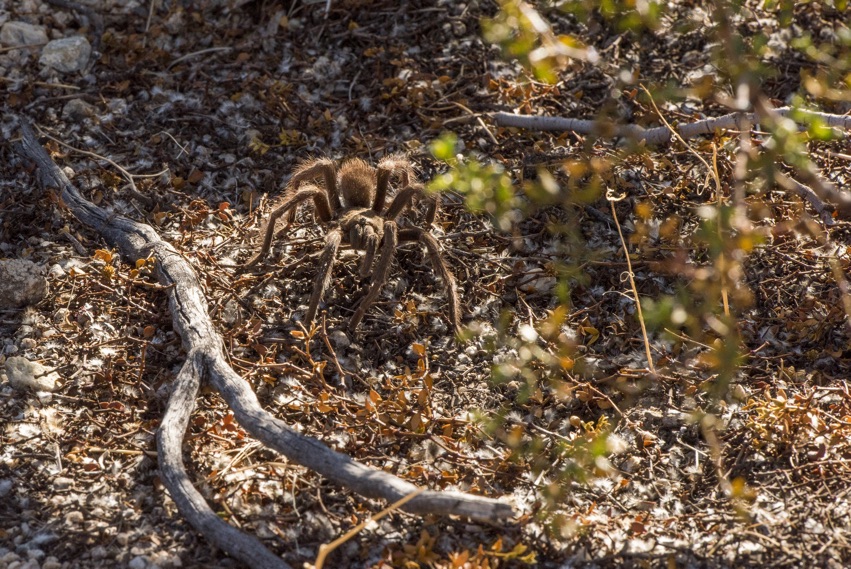
The desert tarantula does have a natural defense system against larger predators. The tarantula's underbelly of the abdomen is covered with urticating hairs. These finely barbed hairs are flung with the tarantula's back legs into the face of an attacking predator. The hairs lodge in the face of the predator, causing severe irritation to eyes, nose or an open mouth.
Don't judge a book...
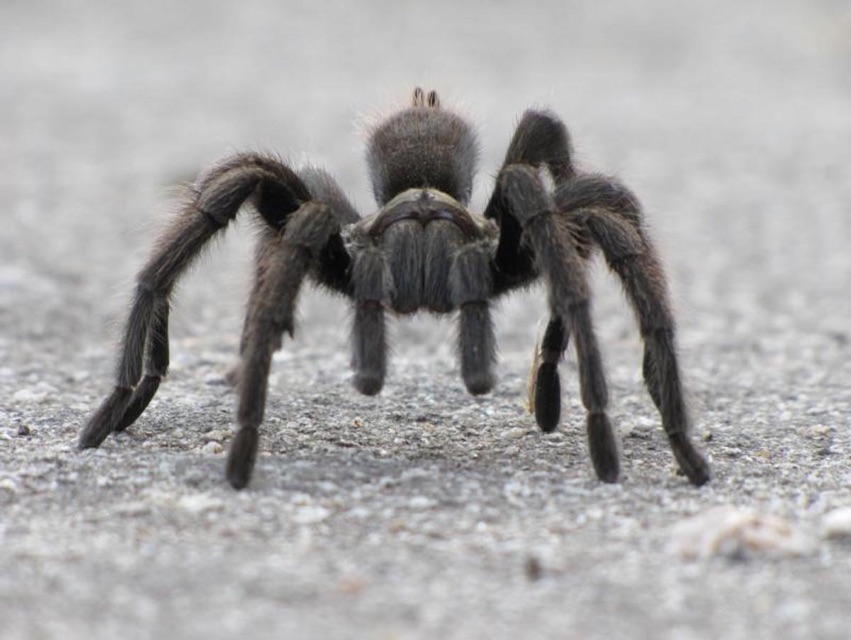
The desert tarantula does have a frightening appearance, but in reality, they are typically gentle creatures. Their exoskeleton covers a large cephalothorax and abdomen and are carried over the desert floor by eight large walking legs. Two pedipalps are used for touching and moving prey. Inside its mouth are two backward-facing fangs. Eight eyes are found in two clusters upon its face. Silk-producing spinnerets are found at the tip of the abdomen.


